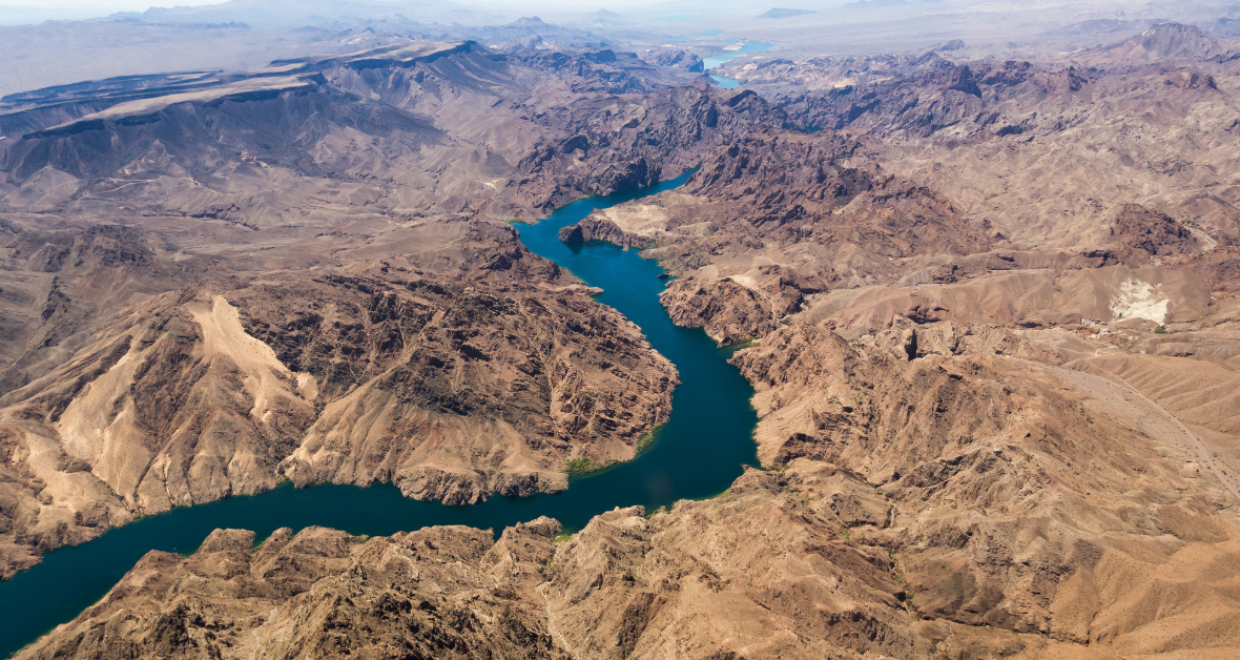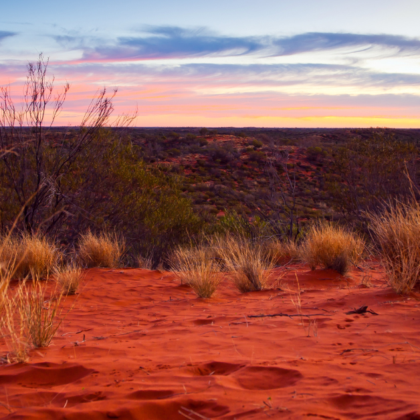Sustainable paths and diverse partnerships
Professor Osvaldo Sala recounts his stellar scientific career and outlines his hopes for the new Cambridge Prisms: Drylands journal
From his early years growing up in Argentina, through his university education in Colorado and becoming an esteemed scientist in Arizona, Professor Osvaldo Sala has maintained a life-long passion for biology and ecology.
Working from local to global levels, his achievements have been truly transdisciplinary, collaborating with geologists, social scientists, mathematicians, and humanists – a perfect match for his recent appointment as joint Editor-in-Chief of Cambridge Prisms: Drylands, alongside Professor David Eldridge.
Drylands aims to be a forum for rapid publication of cross-disciplinary science relating to the world’s drylands. Drylands will provide a home for high-impact, globally relevant reviews and original research on all topics associated with the natural sciences, engineering, social sciences, humanities, and management of global drylands. This journal will foster collaboration among disciplines through case studies, workshops and special issues.
From agriculture to academia
At high school in Buenos Aires, Osvaldo was evaluating career choices, and found biology “very appealing”. He recalls: “I think the complexity was the draw, and I found it very intellectually stimulating. But on the other hand, I knew that I had to earn a living. My father had died young, and my mother was a schoolteacher, so I needed a career that would allow me to support myself.”
He continues: “When I graduated, I started working for a consulting firm in Buenos Aires, and I worked there for two years or so. The clients were all wheat growers, so we would go and check for pests, count how many insects there were per square metre, and then suggest spraying with whatever the appropriate treatment was, or make crop rotation suggestions, and so on. Essentially, it was counselling farmers on how to manage from a biological point of view.”
However, it didn’t take Osvaldo long to realise he didn’t hold the right cards to be very successful there: “There was an opportunity to work at the University of Buenos Aires, and I thought that some of my skills matched better with the opportunities there, so I shifted into it. It was a good decision.”
I had had a very good professor of ecology, and so I went back to work as the equivalent of an assistant. But I realised that, in order to make progress, I needed a graduate degree. That is when I went to Colorado State University.
These days Osvaldo is the Julie A. Wrigley, Regents’ and Foundation Professor, at Arizona State University (ASU). He is also the Founding Director of the Global Drylands Center. He has developed highly cited (>11,000 citations) scenarios of biodiversity change for the year 2100, and has had a prolific scientific career with more than 65,000 citations.
He said: “I was attracted by the charter of the university: ‘ASU is a comprehensive public research university, measured not by whom it excludes, but by whom it includes and how they succeed; advancing research and discovery of public value; and assuming fundamental responsibility for the economic, social, cultural and overall health of the communities it serves.’ The last sentence and the emphasis on serving local communities was crucial to me: ASU is located in a desert.”
Cambridge calling
As Editor-in-Chief of Prisms: Drylands, Osvaldo highlights the main concerns around these fragile landscapes: drylands account for 40% of the global terrestrial area, 30% of our world’s livestock and 35% of all terrestrial carbon fixation.
He explains: “Because of their large impact on the functioning of our planet, achieving sustainability for drylands is a necessary step toward achieving the sustainability of our planet. The diversity of drylands stakeholders – from herders and ranchers to conservationists and urbanites interested in conservation, recreation and climate-change amelioration – gives Prisms: Drylands a unique opportunity to create multiple sustainable paths through diverse partnerships. Each stakeholder has its own needs and values – from food production to conservation and recreation.”
As part of a new generation of journals focussing on a topic rather than a specific scientific discipline, Prisms: Drylands demands a multi-disciplinary approach ranging from the natural and social sciences to the humanities.
Osvaldo continues: “Results reported in Prisms: Drylands will contribute to the overall understanding of global drylands. Moreover, given the drylands’ enormous share of the global function, the journal will be central to the understanding of the functioning of our planet and its response to global changes. The journal will be read by a broad range of individuals from those interested in understanding the functioning of drylands to those interested in devising solutions to achieving sustainable drylands.’
Blue sky thinking
Osvaldo reports that he struggles, like many scientists, balancing work and life: “My problem is that I love my work, so most of the time it is difficult to distinguish work from fun. But I like riding my bicycle, hiking and being outdoors – activities that provide me the opportunity to relax and let my mind freely associate disparate topics and ideas – which of course is a key part of the ethos of the Prisms journals.
“We intend to establish a high-impact, reputable journal that draws attention to the major issues related to the science and management of global drylands – which will influence management outcomes, funding and government policies. It will provide a centralised portal for sharing knowledge on a range of disciplines relevant to global drylands such as ecology, hydrology, social sciences, geography, land use management, ecosystem and human health, and global climate change.”
Given Osvaldo’s wide-ranging and stellar career, the journal’s success seems assured.







thanks